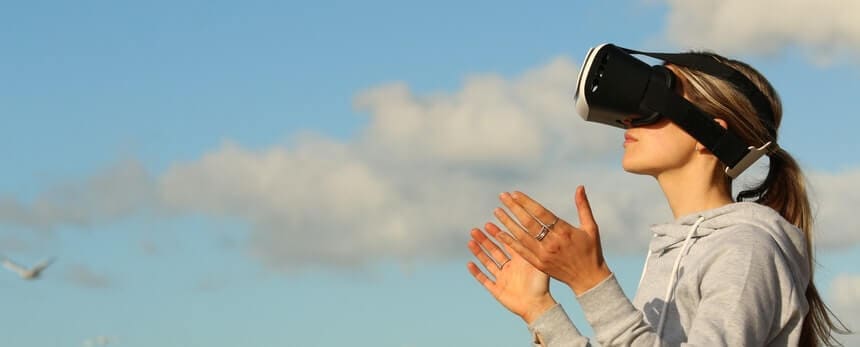
Amplify your reach and drive results with our tailored paid media strategies.

“At some point, we’re going to look back and think, how did we not have a digital layer on the physical world,” said Greg Jones, director of VR and AR at Google, last month. It’s a crazy prospect, but with augmented reality evolving at the rate it is, it’s looking like 2018 could really be the year when AR comes of age, within the retail sector particularly.
To reinforce that prospect, this week Snapchat launched its new AR ‘augmented trial’ Lens, a feature which allows customers to visualise how products will look in the real world, before they buy. BMW teamed up with Snapchat for the unveiling, becoming the first brand to use the technology to promote its new X2 model, encouraging customers to interact with a virtual 3D model of the car before they enter the showroom. Through the Lens, Snapchat users can customise the car’s colour, and view it from all angles as well as changing its location.
BMW is increasingly wanting to appeal to a younger audience, and Snapchat’s audience is predominantly millennials. “Snapchat is young and modern – which suits BMW and the BMW X2 perfectly,” said Jörg Poggenpohl, head of digital marketing at BMW, within a statement. “We wanted to insert ourselves in an organic way into the Snapchat environment and its users’ world. That is the most meaningful way to address our fans in a style that fits the channel and the target group,” he added.

AR product previews hold great appeal within the retail sector, and some brands have been experimenting with the technology’s possibilities for quite some time. But through the smartphone integration that we’re beginning to see, such as Snapchat’s new Lens, AR is rapidly becoming more mainstream, and by this time next year it could feasibly be second nature to experience AR via apps that may already be on our phone. This year saw the introduction of Apple’s ARkit, a developer platform for augmented reality, hosted by iOS 11 (already being used by Ikea and Anthropologie); while Google has launched ARcore for the Android audience (which GAP and many other brands have experimented with).
Subscribe to our monthly newsletter.
The statistics speak for themselves. Consulting firm Digi-Capital forecasts there 900 million AR-enabled smartphones by the end of 2018. Furthermore research from Digital Bridge shows that 69% of consumers now expect retailers to launch AR apps within the next six months. In the US, a recent Daymon study found that 61% of consumers believed AR was already influencing where they decided to shop, with 55% saying they thought AR “made shopping fun”.
Consumer appetite for AR seems likely to explode in 2018, and it offers exciting potential for connecting the physical and digital worlds, within retail but also other industries. L’Oreal’s Makeup Genius app, for instance, which uses AR to let users virtually apply beauty products on their phones, has been downloaded more than 20 million times.
For now, before diving headfirst into an AR strategy, businesses should be delving deeper into their customer and audience insights, learning more about the channels their customers use most frequently, how they like to be communicated with, the ways in which they like to interact with the brand, etc. Brands should only be thinking about investing in AR if it seems likely to move the needle on important business objectives, and not just because it’s trending!
Amplify your reach and drive results with our tailored paid media strategies.
Amplify your reach and drive results with our tailored paid media strategies.
Subscribe to our monthly newsletter.